Propagating Norfolk Pines: How To Propagate Norfolk Pine Trees
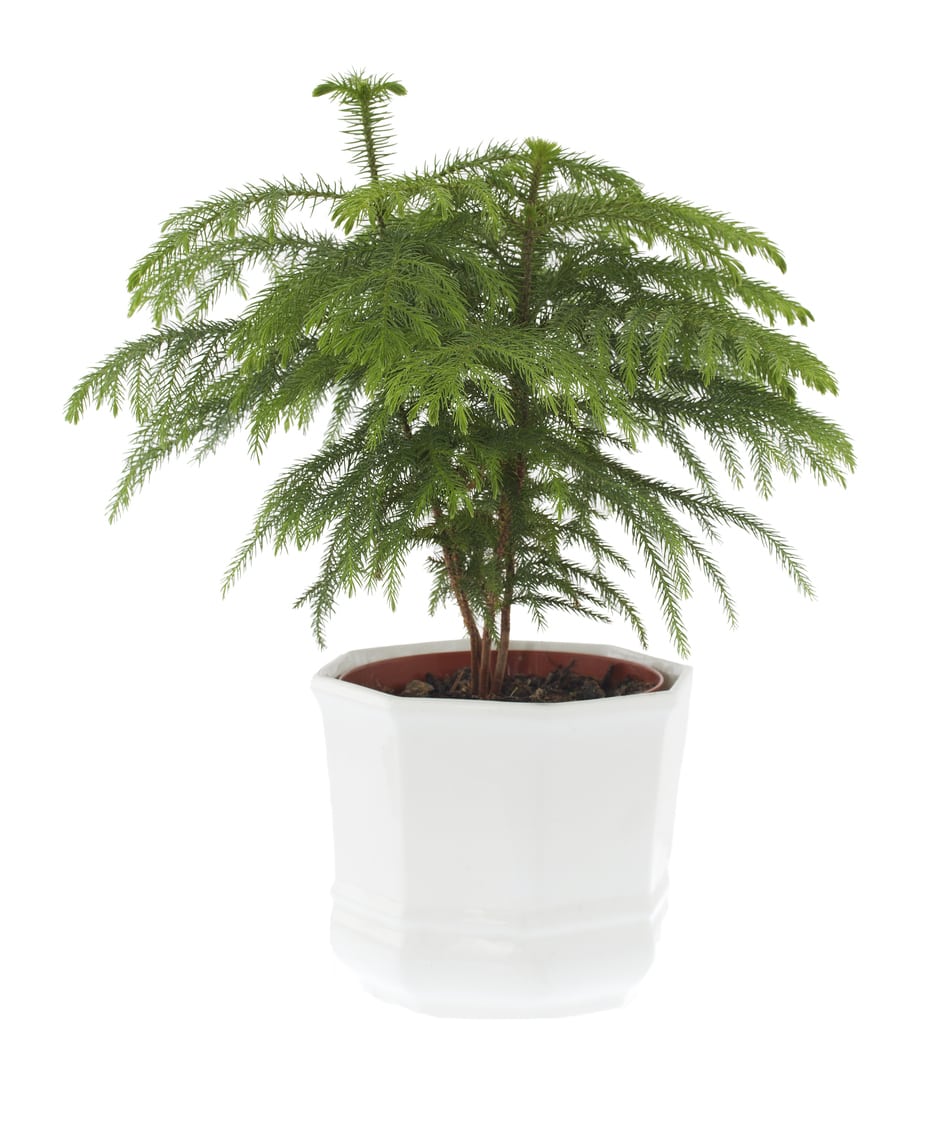

Norfolk Island pines (Araucaria heterophylla) are graceful, ferny, evergreen trees. Their beautiful symmetrical growth habit and tolerance of indoor environments make them popular indoor plants. In warm climates they also thrive outdoors. Propagating Norfolk pines from seeds is definitely the way to go. Read on for information on how to propagate Norfolk Pine trees.
Propagating Norfolk Pines
Norfolk Island pine plants look a bit like pine trees, hence the name, but they aren’t even in the same family. They do come from Norfolk Island, however, in the South Seas, where they mature into straight, stately trees up to 200 feet (60 m.) tall. Norfolk Island pine trees are not very cold tolerant. They only thrive in USDA plant hardiness zones 10 and 11. In the rest of the country, people bring them indoors as potted plants, often used as living non-traditional Christmas trees. If you have one Norfolk pine, can you grow more? That’s what Norfolk pine propagation is all about.
Norfolk Pine Propagation
In the wild, Norfolk Island pine plants grow from seeds found in their cone-like seed pods. That is far and away the best way to undertake Norfolk pine propagation. Although it is possible to root cuttings, the resulting trees lack the branch symmetry that make Norfolk pines so attractive. How to propagate Norfolk Island pines from seed? Propagating Norfolk pines at home starts with collecting the seeds when they mature in late summer or early autumn. You’ll need to break apart the tree’s spherical cone after they fall. Harvest the small seeds and plant them quickly to maximize viability. If you live in USDA zones 10 or 11, plant the seeds outside in a shady area. Propagating Norfolk pines also works in a container. Use a pot at least 12 inches (31 cm.) deep, placed on a shaded windowsill. Use an equal mix of loam, sand, and peat. Press the pointed end of a seed into the soil at a 45 degree angle. Its rounded end should be visible on top of the soil. Keep the soil damp. Most of the seeds spout within 12 days after planting, although some can take up to six months, so patience is a virtue.
Gardening tips, videos, info and more delivered right to your inbox!
Sign up for the Gardening Know How newsletter today and receive a free copy of our e-book "How to Grow Delicious Tomatoes".

Teo Spengler is a master gardener and a docent at the San Francisco Botanical Garden, where she hosts public tours. She has studied horticulture and written about nature, trees, plants, and gardening for more than two decades. Her extended family includes some 30 houseplants and hundreds of outdoor plants, including 250 trees, which are her main passion. Spengler currently splits her life between San Francisco and the French Basque Country, though she was raised in Alaska, giving her experience of gardening in a range of climates.
-
 Try The Trend – Turn Any Bed Into A Keyhole Garden With This Clever In-Ground Composter
Try The Trend – Turn Any Bed Into A Keyhole Garden With This Clever In-Ground ComposterKeyhole gardening is an efficient and sustainable practice that saves space. Get started on this DIY project quickly and easily with an in-ground composter.
By Bonnie L. Grant
-
 4 Superfast Composting Methods: Turn Waste Into Garden Gold In 30 Days Or Less
4 Superfast Composting Methods: Turn Waste Into Garden Gold In 30 Days Or LessTry the fastest composting methods to turbocharge your pile and transform kitchen scraps and garden waste into finished compost in just a few weeks.
By Mary Ellen Ellis
-
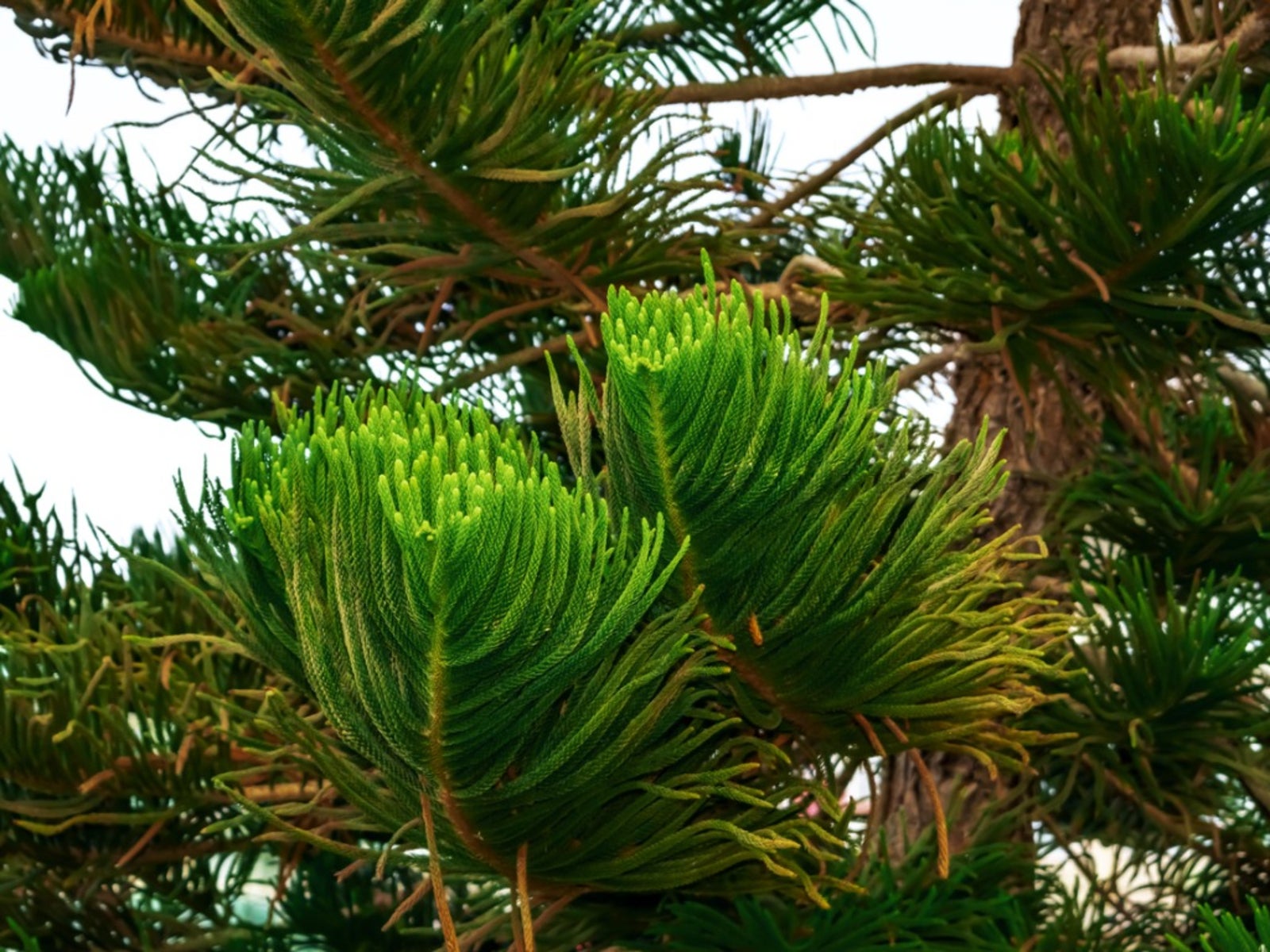 Yellow/Brown Norfolk Pine Leaves: My Norfolk Pine Is Turning Brown
Yellow/Brown Norfolk Pine Leaves: My Norfolk Pine Is Turning BrownIf the foliage of your lovely Norfolk pine is turning brown or yellow, jump in and try to determine the cause. Although most browning e results from problems with cultural care, it may also indicate diseases or pests. Click here for information on yellow/brown Norfolk pines.
By Teo Spengler
-
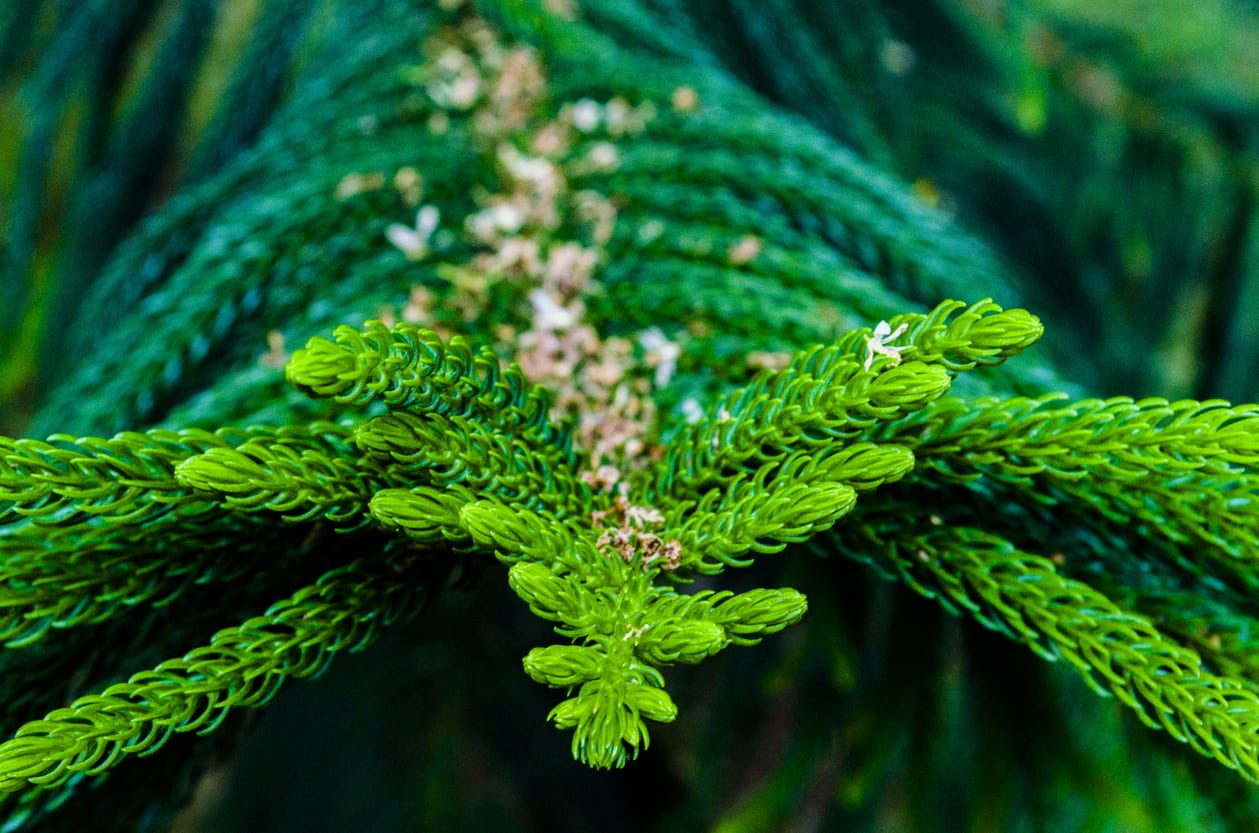 Norfolk Pine Water Requirements: Learn How To Water A Norfolk Pine Tree
Norfolk Pine Water Requirements: Learn How To Water A Norfolk Pine TreeNorfolk pines (also frequently called Norfolk Island pines) are big beautiful trees native to the Pacific Islands. But how much water does a Norfolk pine need? Click this article to learn more about Norfolk Island pine water requirements.
By Liz Baessler
-
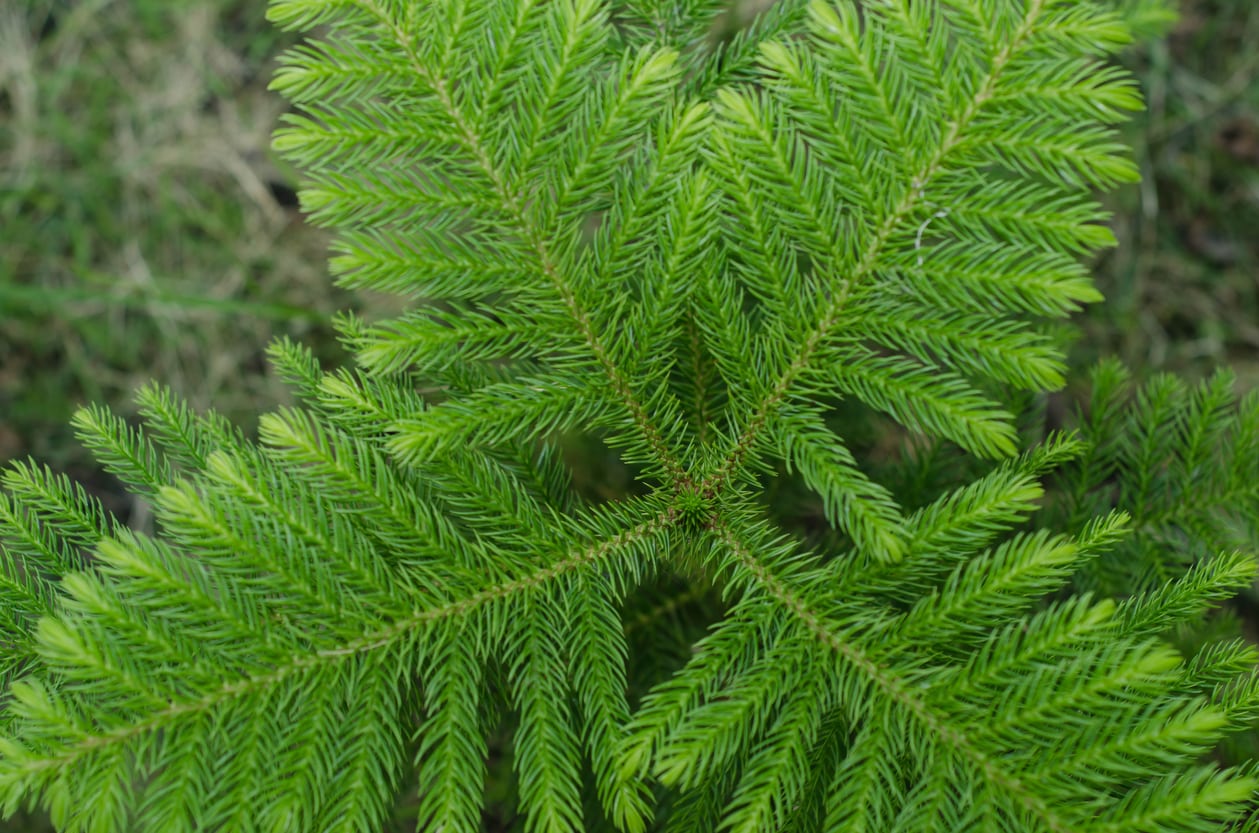 Fertilizing A Norfolk Island Pine Tree – How To Fertilize A Norfolk Island Pine
Fertilizing A Norfolk Island Pine Tree – How To Fertilize A Norfolk Island PineIn the wild, Norfolk Island pines are huge, towering specimens. They also perform very well in containers. But how much fertilizer does a Norfolk Island pine need to stay healthy? Click here to learn how to fertilize a Norfolk Island pine, both indoors and out.
By Liz Baessler
-
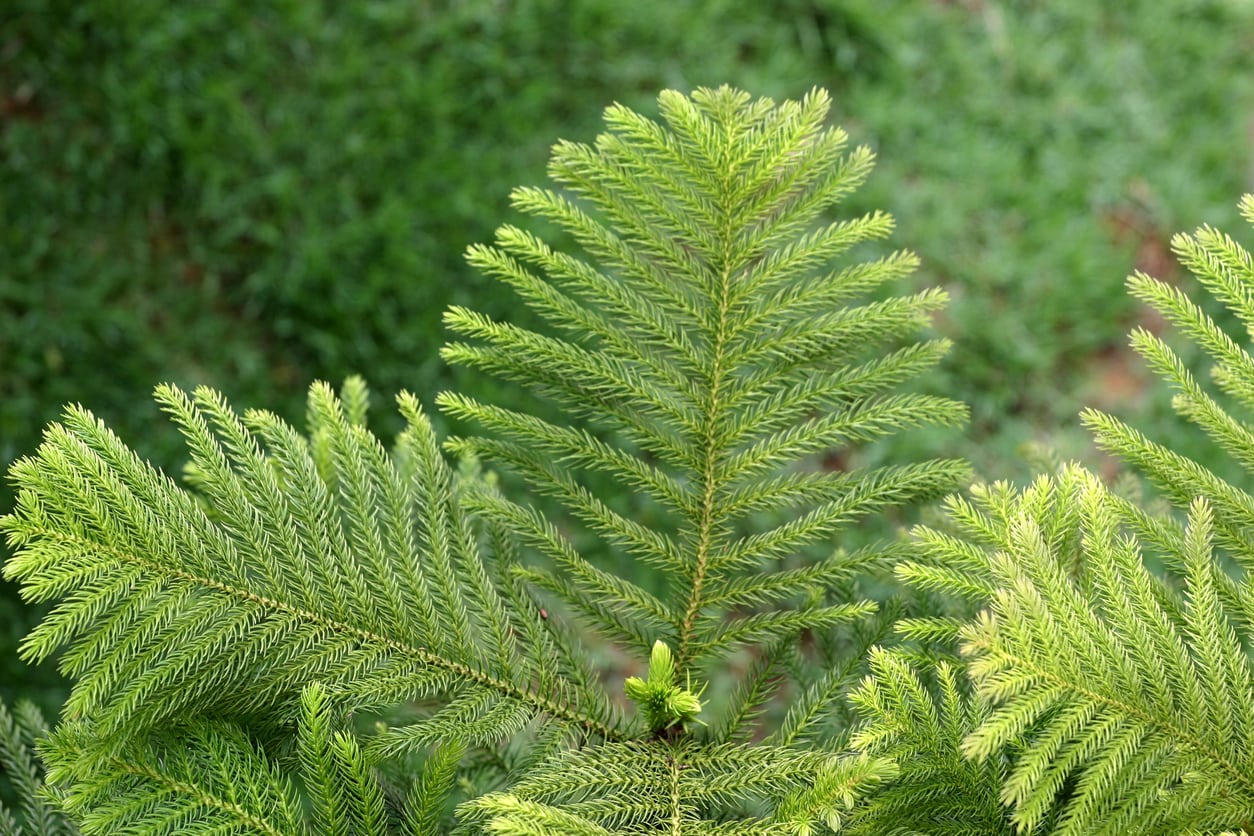 Can A Norfolk Island Pine Grow Outdoors – Planting Norfolk Pines In The Landscape
Can A Norfolk Island Pine Grow Outdoors – Planting Norfolk Pines In The LandscapeYou?re far more likely to see Norfolk Island pine in the living room than a Norfolk Island pine in the garden. Can a Norfolk Island pine grow outdoors? It can in the correct climate. Click here to learn about their cold tolerance and tips on caring for outdoor Norfolk Island pines.
By Teo Spengler
-
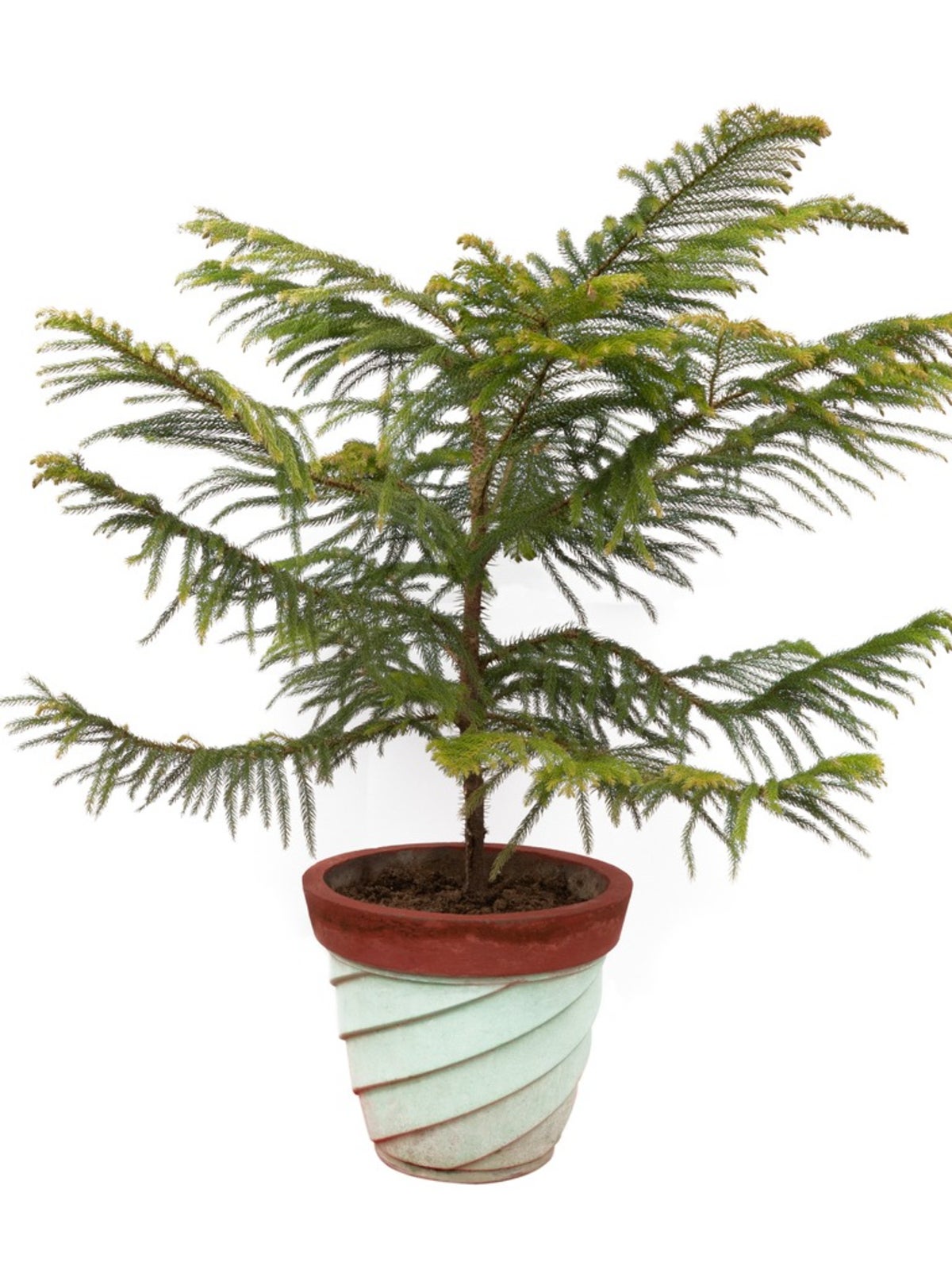 Norfolk Island Pine Repotting: Learn How To Repot A Norfolk Island Pine
Norfolk Island Pine Repotting: Learn How To Repot A Norfolk Island PineThe Norfolk Island pine thrives in warmer climates and can grow very tall, but when grown in containers it makes a nice, compact houseplant in any climate. Learn how to transplant your Norfolk so you can keep it happy and healthy in the following article.
By Mary Ellen Ellis
-
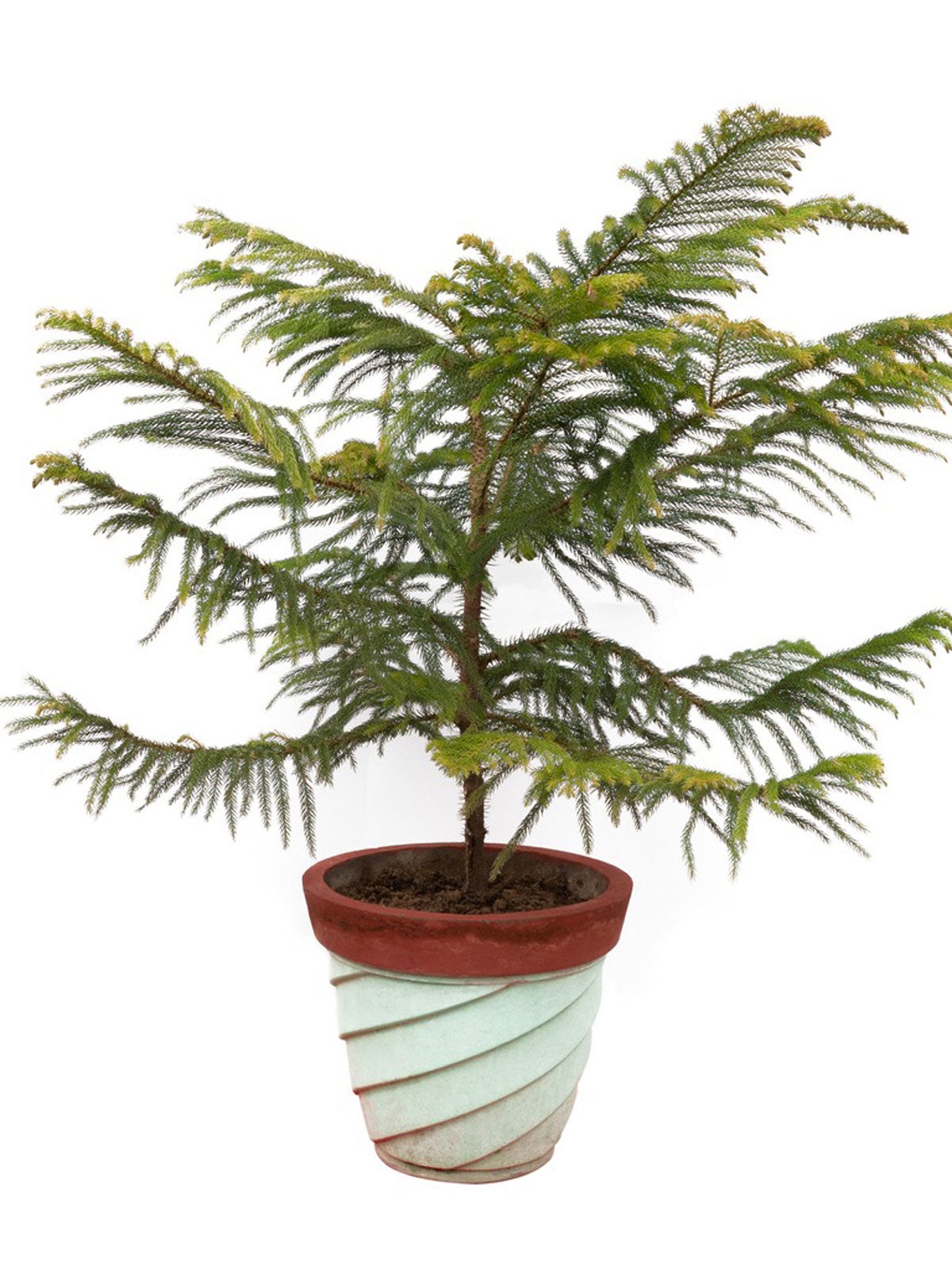 Norfolk Island Pine Pruning: Information On Trimming A Norfolk Island Pine
Norfolk Island Pine Pruning: Information On Trimming A Norfolk Island PineIf you want to keep the container tree or transplant it outdoors, you may want to know about the pruning of Norfolk Island pine trees. Should you prune a Norfolk Island pine? Learn the ins and outs of Norfolk Island pine pruning in this article.
By Teo Spengler
-
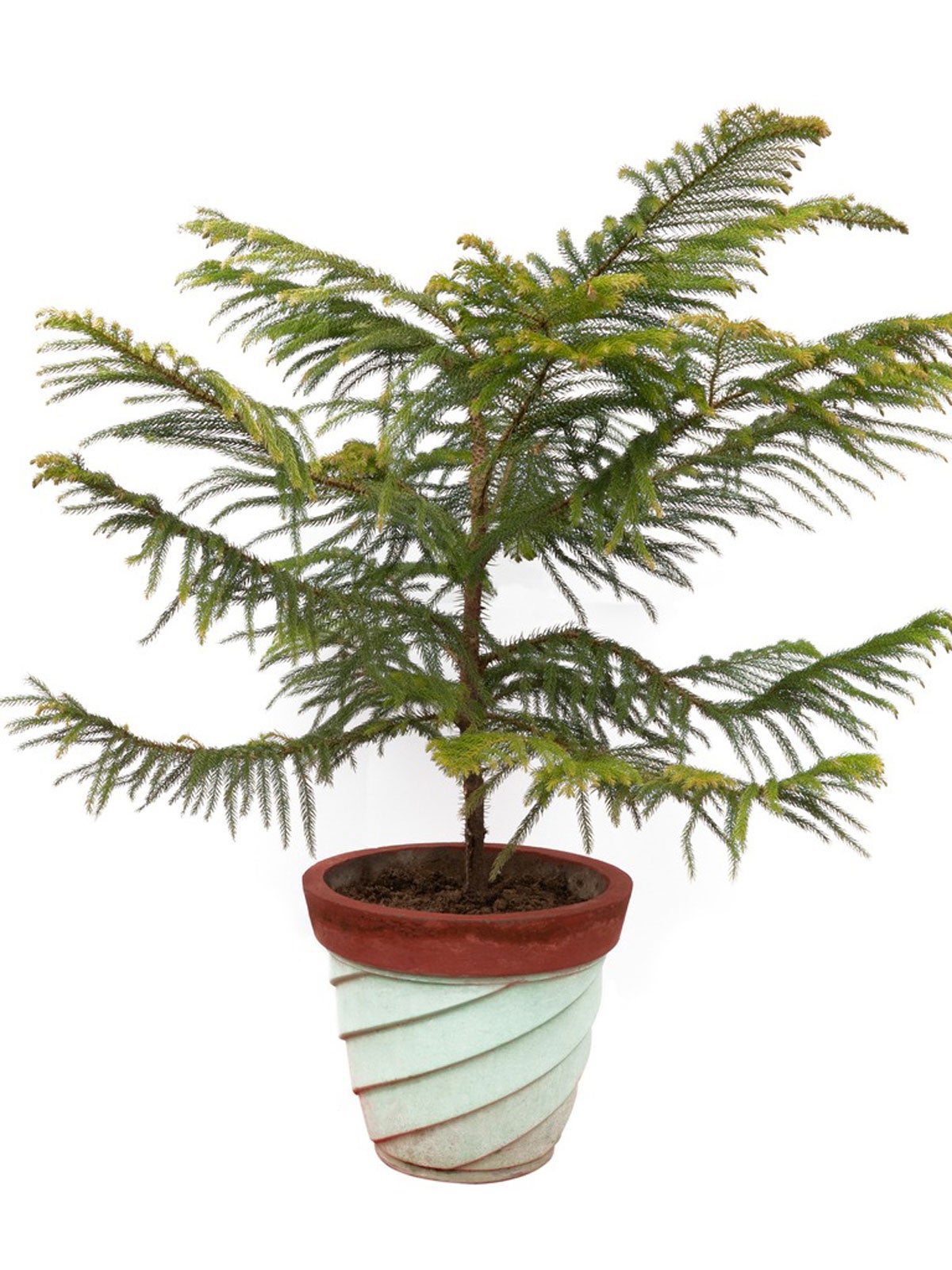 Norfolk Pine Dropping Branches: What To Do For Branch Tips Falling Off Norfolk Pine
Norfolk Pine Dropping Branches: What To Do For Branch Tips Falling Off Norfolk PineAlthough not a true pine, Norfolk Island pines produce beautiful branches and adapt well to indoor life. But what happens when those branches begin dropping? Learn more here.
By Kristi Waterworth
-
 Norfolk Island Pine Care: Expert Tips For A Lush, Tropical Tree Indoors
Norfolk Island Pine Care: Expert Tips For A Lush, Tropical Tree IndoorsCaring for a Norfolk Island pine as an indoor plant requires a few specific conditions, but is well worth the effort. Here's how to do it.
By Heather Rhoades